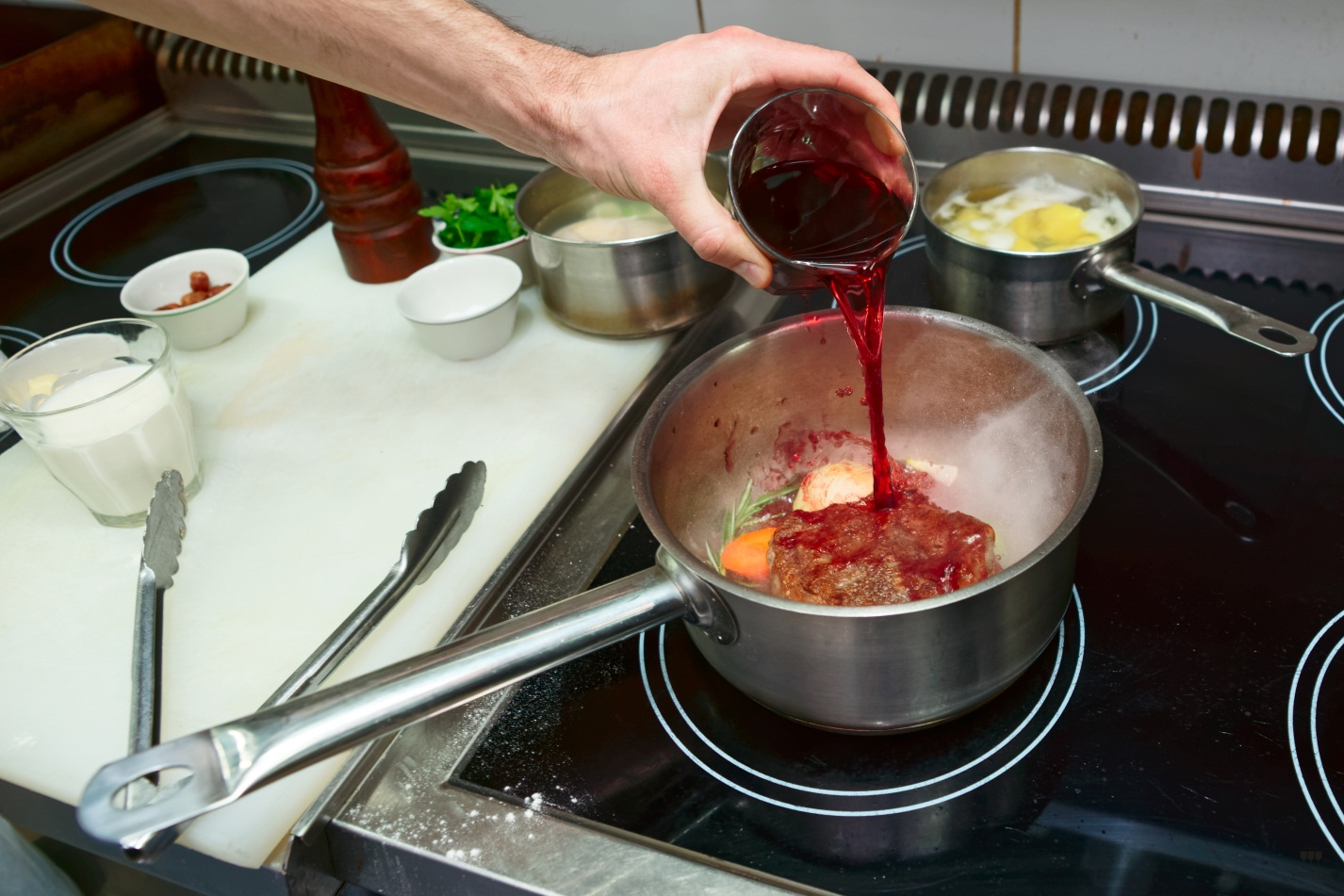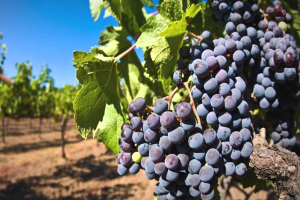CHEESE TO WINE OR WINE TO CHEESE?
 Cheese lovers are happy people!
Cheese lovers are happy people!
Cheese – it was, is and always will be. Along with other products that have appeared in the life of mankind, cheese plays a particularly important role. At the same time, it is common, as well as milk, but still remains a delicacy.
It is believed that the first cheese appeared before our era in the East. The nomadic tribes tried to keep the milk dried, which in turn turned it into cheese. And only after a lot of time, people learned to make cheese by an artificial method. He was salted, smoked, soaked in brine, imprisoned in the cellar, “covered” with mold, in general, did everything that imagination was capable of.
An important role in the manufacture of cheese is milk. It depends on him so extensive distribution of cheese making. Basically, in the process of cheese production, cow, goat, sheep and buffalo milk is used.
Nothing complements each other like cheese and good wine. Of course, different types of cheese are combined with completely different wines. I would like to know more about this …
There are two main factors affecting the combination of wine and cheese: the taste characteristics of the wine and the taste characteristics of the cheese.
We pick up cheese to blame
Light white wines
First of all, it is necessary to determine the taste of the wine – the density (oiliness, saturation) or acidity.
White wines Sauvignon Blanc, Riesling or Pinot Grigio from the north of Italy, light Verdejo from Spain and other similar wines, whose taste is acid and has shades of citrus, should be used with soft or fresh cheeses with a delicate texture and bright flavor. For example, you can combine the French Sauvignon from Sancerre, from the banks of the Loire, and the Kroten de Chavinol soft cheese made from goat milk. Another option is Brie cheese with dry German Riesling.
As for fresh varieties of cheese, Ricotta and Manouri goes well with Sauvignon Blanc. A, Mozzarella and Cottage Cheese will make an excellent duet with less acidic wines, such as Chenin Blanc or Semion. Young Chardonnay is also well suited to these types of cheese.
It is important to remember that the softness of the taste of wine should be equal to the softness of the taste of cheese. The most important rule in the use of fresh varieties of cheese – is the ability to be able to knead his tongue, while the wine will cause a strong salivation.
Dense White Wines
Chardonnay, aged in a barrel (Burgundy, Piedmont, Tuscany, USA, Chile, Australia), white bordeaux based on Sauvignon Blanc and Semion, dry Alsatian Pinot Gris and similar wines have a complex aroma and oiliness. We recommend them to pick up cheeses with a calm neutral taste, but not flavor. For example, Romadur – cheese with a “washed” crust.
We advise you to try a combination: tender and islet cheese Marol or Romadur with such wines as Meursault or Puligny-Montrachet, or Tuscan Chardonnay.
Popular semi-hard cow’s milk cheeses coated with wax or another casing, such as Chantal, Edam, Goda, Oltermanni, Holland, Kostroma, can also be served with dense white wines.
Red wines (with fineness content)
First of all, determine the component of taste – tannins or acidity.
It is tannin contained in red wine that will play an important role in choosing cheese. For example, hard cheeses such as Italian Parmesan, Spanish Monchego or French Grueger will soften the tannin’s taste buds. At the same time, as the wine will cause excessive salivation and compensate for dry mouth, caused by the content of a small amount of moisture of these varieties of cheese.
Italian wine Brunello di Montalcino in combination with Pecorino Romano is a vivid example of the combination of tannic wine and hard cheese.
Red wines (without tonin content)
Wines made from the Pinot Noir grape variety have a thin skin, as a result of which the wines are light, almost tannic. In this case, the acidity plays an important role when choosing a cheese. A good combination of these wines will be soft and semi-hard cow milk cheeses – Nuits-Saint-Georges and French Camembert, Australian Shiraz and Eddam.
Separately, it is worth highlighting the blue mold cheeses – Dorblu, Garganzola, Piedmont, Lombardy, Roquefort. These cheeses have a sharp taste, as in their production uses mold. Wines with sugar content will be the best combination for them (Rieslings category TBA (Trockenbeerenauslese), Sauternes, Bordeaux).
Choosing cheeses for wine decide what you want to highlight for yourself? Taste wine, cheese or cheese dishes. And enjoy this beautiful combination.




